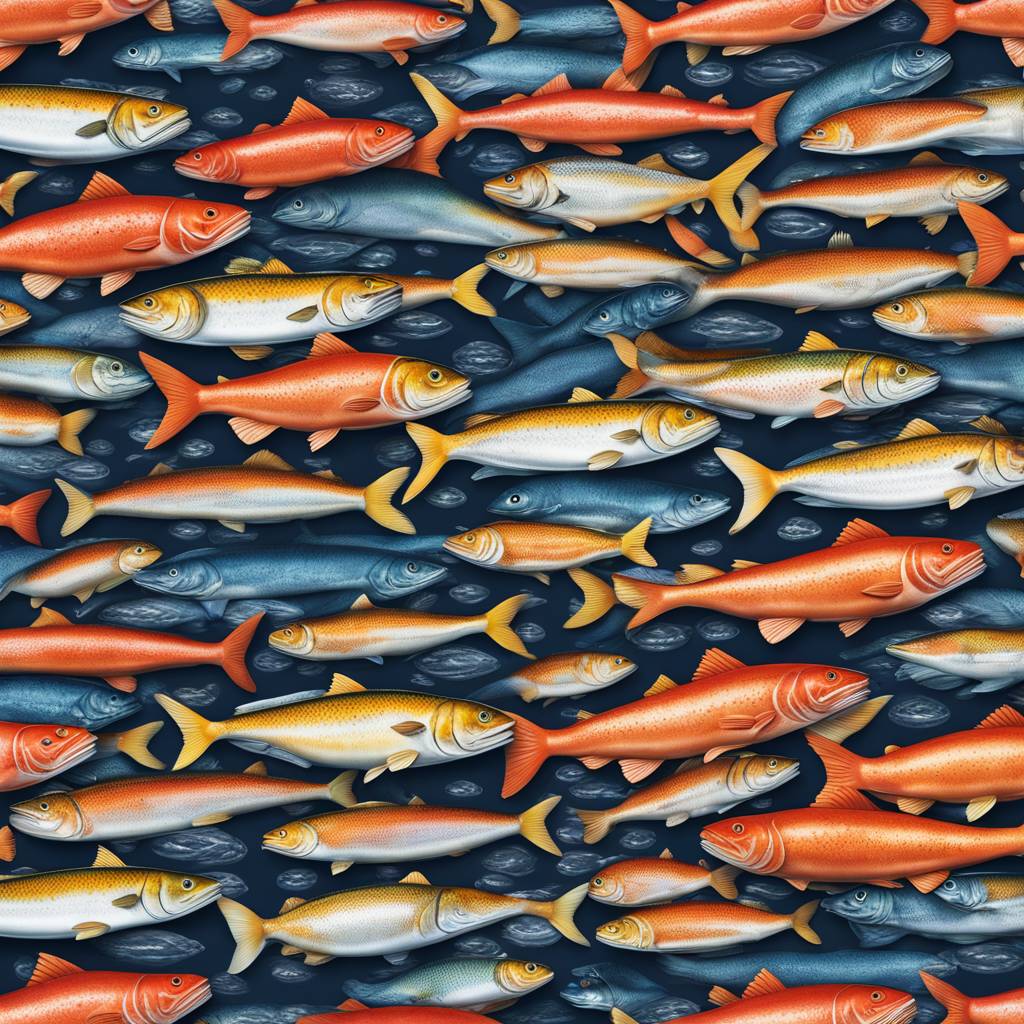Alaskan waters are a vital fishery for salmon, and scientists are interested in understanding how climate change is impacting the marine food webs that support this fishery. To investigate this, Natalie Mastick, a postdoctoral researcher at Yale University, utilized an unconventional data source during her doctoral research at the University of Washington. She and her team examined old cans of salmon that contained preserved fillets from four salmon species caught over a 42-year period in the Gulf of Alaska and Bristol Bay. By dissecting the fillets and counting anisakid roundworms within the flesh, they were able to assess the health of the marine ecosystem.
The presence of anisakid worms, although initially perceived as a sign of deteriorating ecosystem health, can actually indicate a healthy marine ecosystem. An increase in anisakid levels for chum and pink salmon from 1979 to 2021, along with stable levels for coho and sockeye salmon, was observed by Mastick and her team. The rising numbers of anisakids suggest that these parasites were successful in finding the necessary hosts to reproduce, potentially indicating a stable or recovering ecosystem with adequate hosts for anisakids to thrive.
Anisakids have a complex life cycle that involves various hosts, starting from small marine invertebrates to end up in the intestine of a marine mammal where they reproduce. If a crucial host, such as a marine mammal, is absent, anisakid levels may decline as they cannot complete their life cycle. The presence of anisakids in fully cooked fish does not pose a danger to humans, but if ingested alive in raw or undercooked fish, they can cause symptoms resembling food poisoning or anisakiasis, a rare condition.
The rise in anisakid levels in pink and chum salmon could be attributed to factors such as the Marine Mammal Protection Act of 1972, which has allowed marine mammal populations to recover, providing more opportunities for anisakids to reproduce. Other possible explanations, like warming temperatures or positive impacts of the Clean Water Act, could also contribute to the increased levels of anisakids. However, the stable levels of anisakids in coho and sockeye salmon are harder to interpret due to the lack of specific species identification.
Mastick and Wood believe that their approach using canned fish samples could be extended to other seafood products like sardines to study parasite levels and ecosystem health. They emphasize the importance of networking and making connections to uncover untapped sources of historical data that can shed light on past ecosystems and inform conservation efforts. This research was funded by various organizations, including the U.S. National Science Foundation and the Alfred P. Sloan Foundation.













